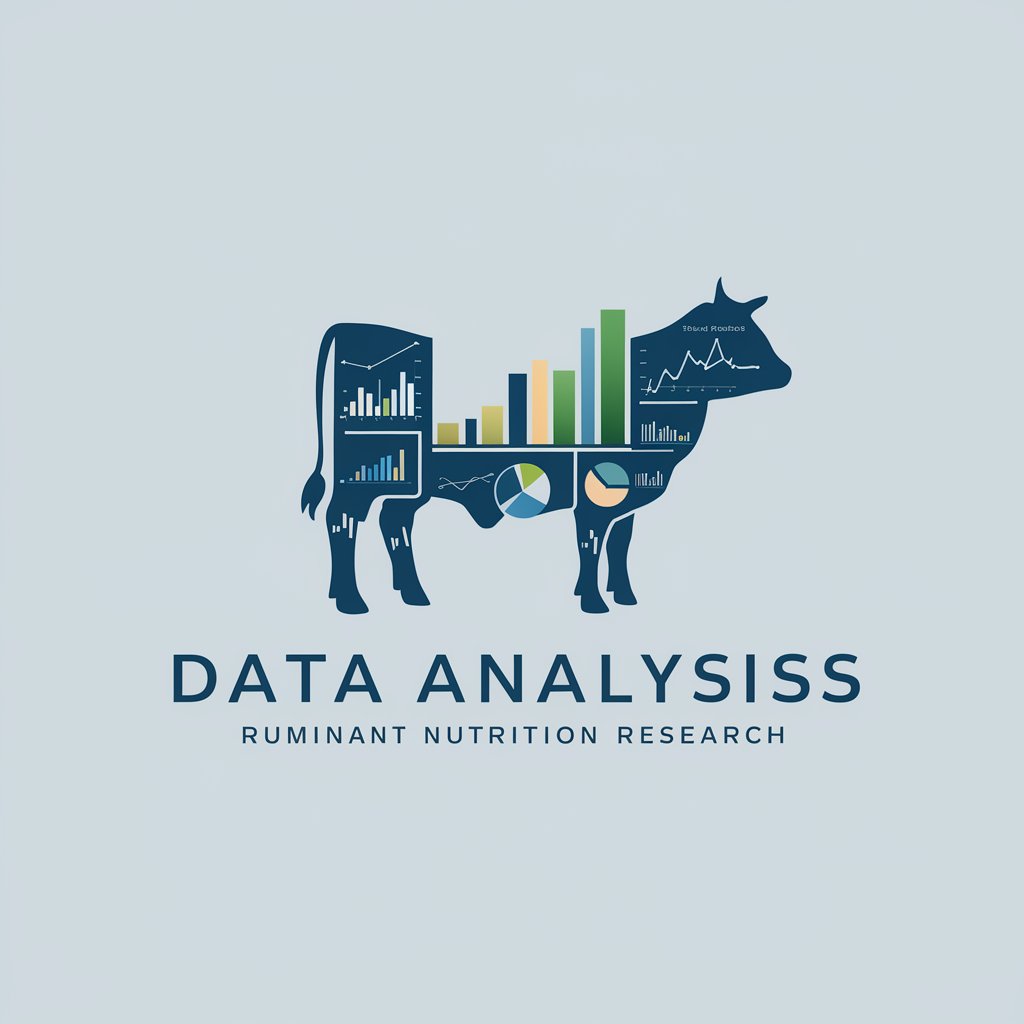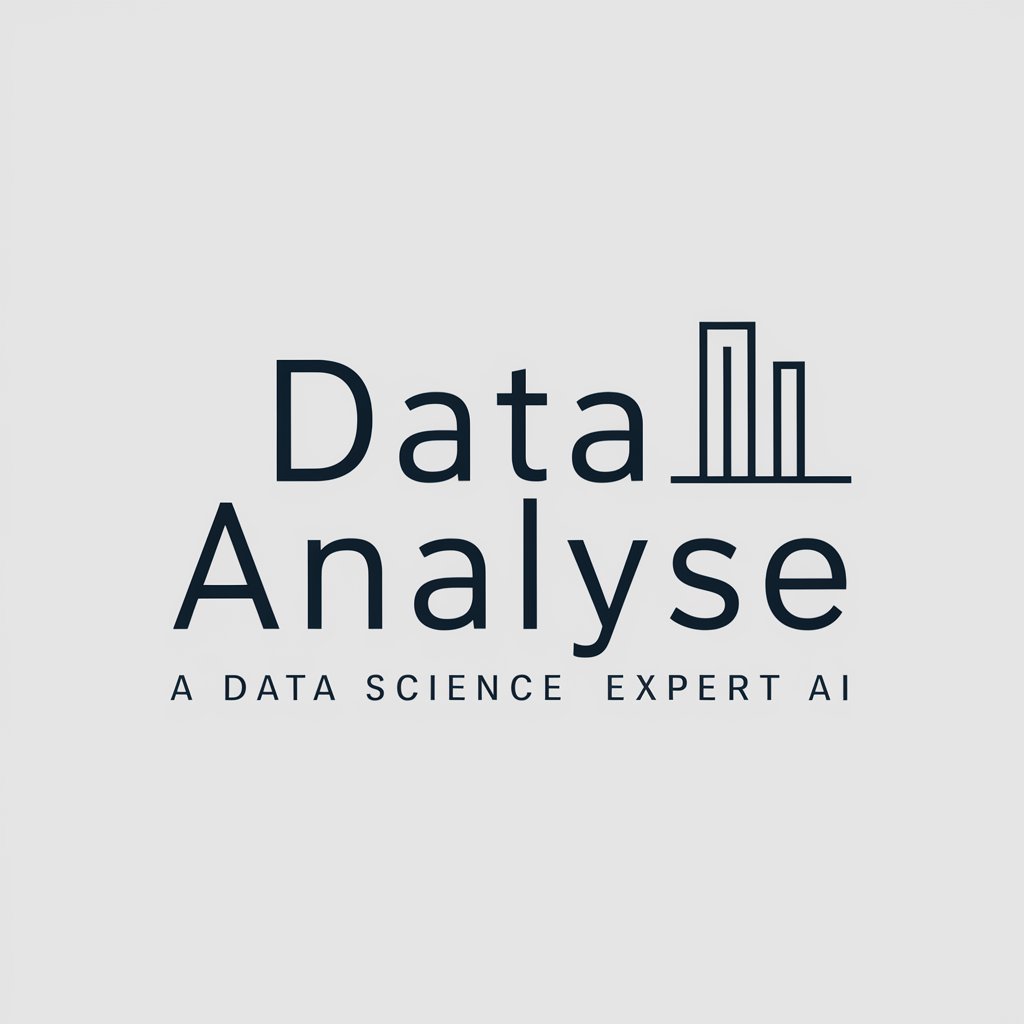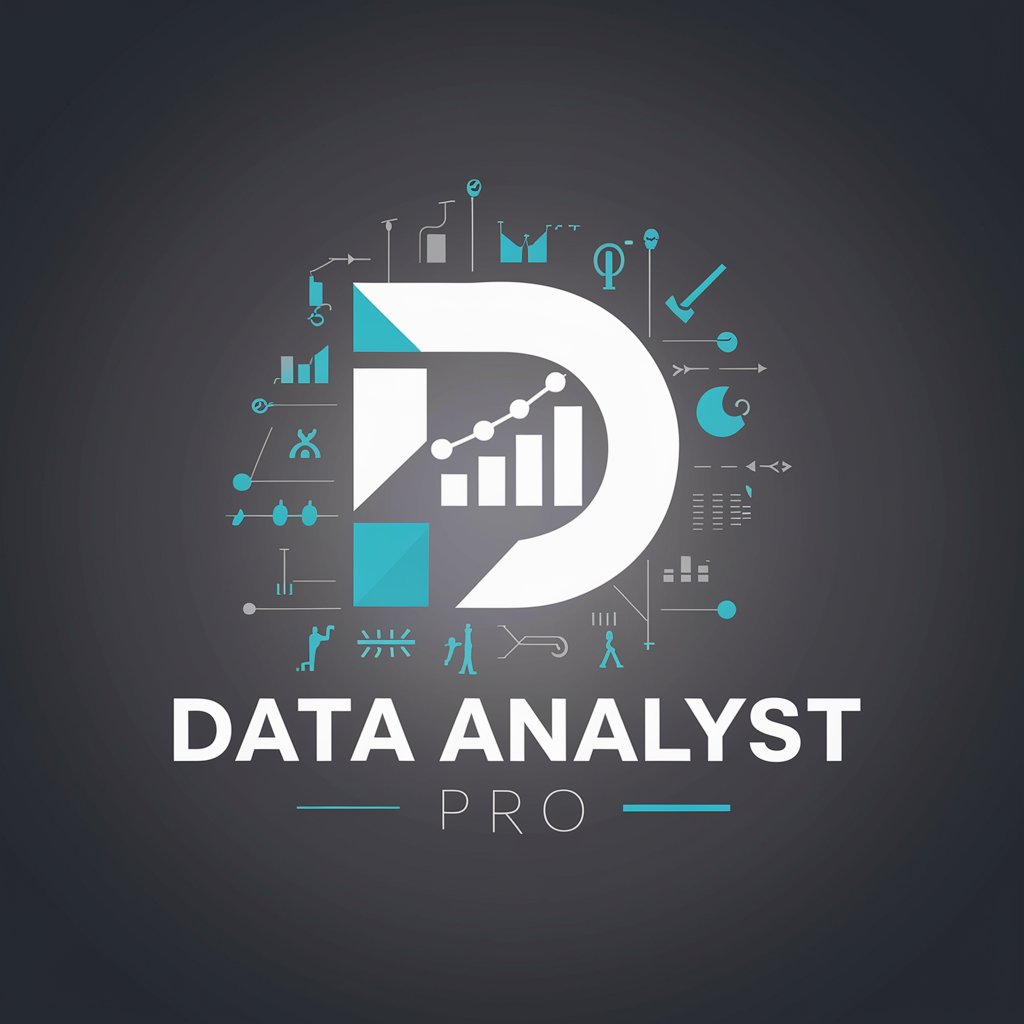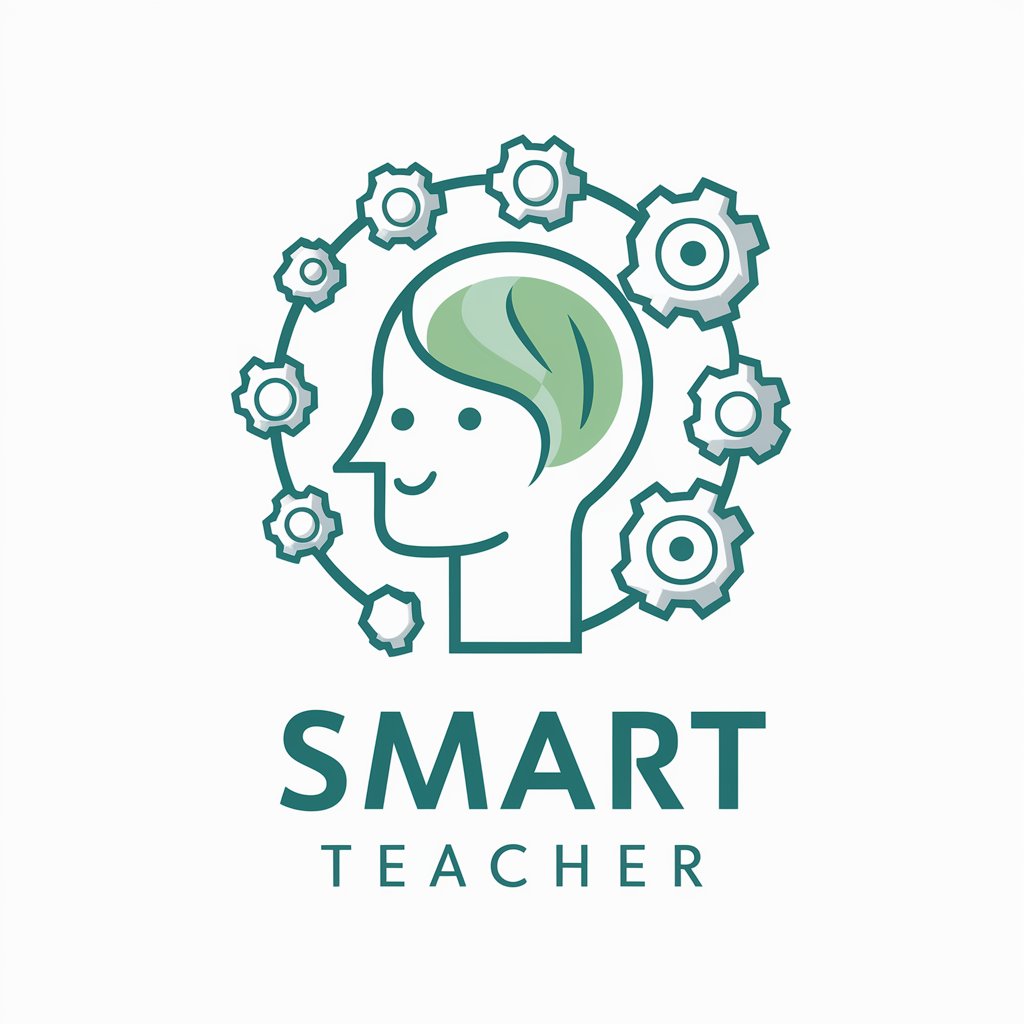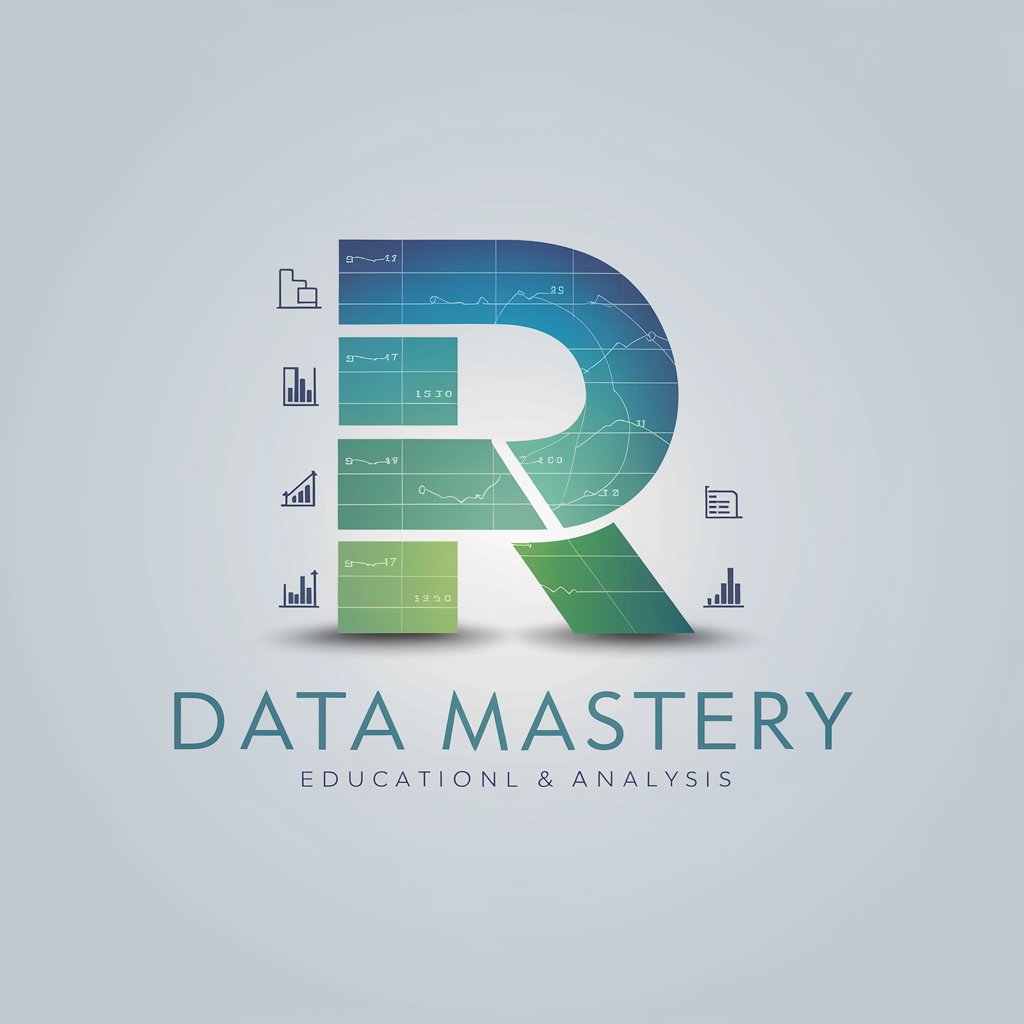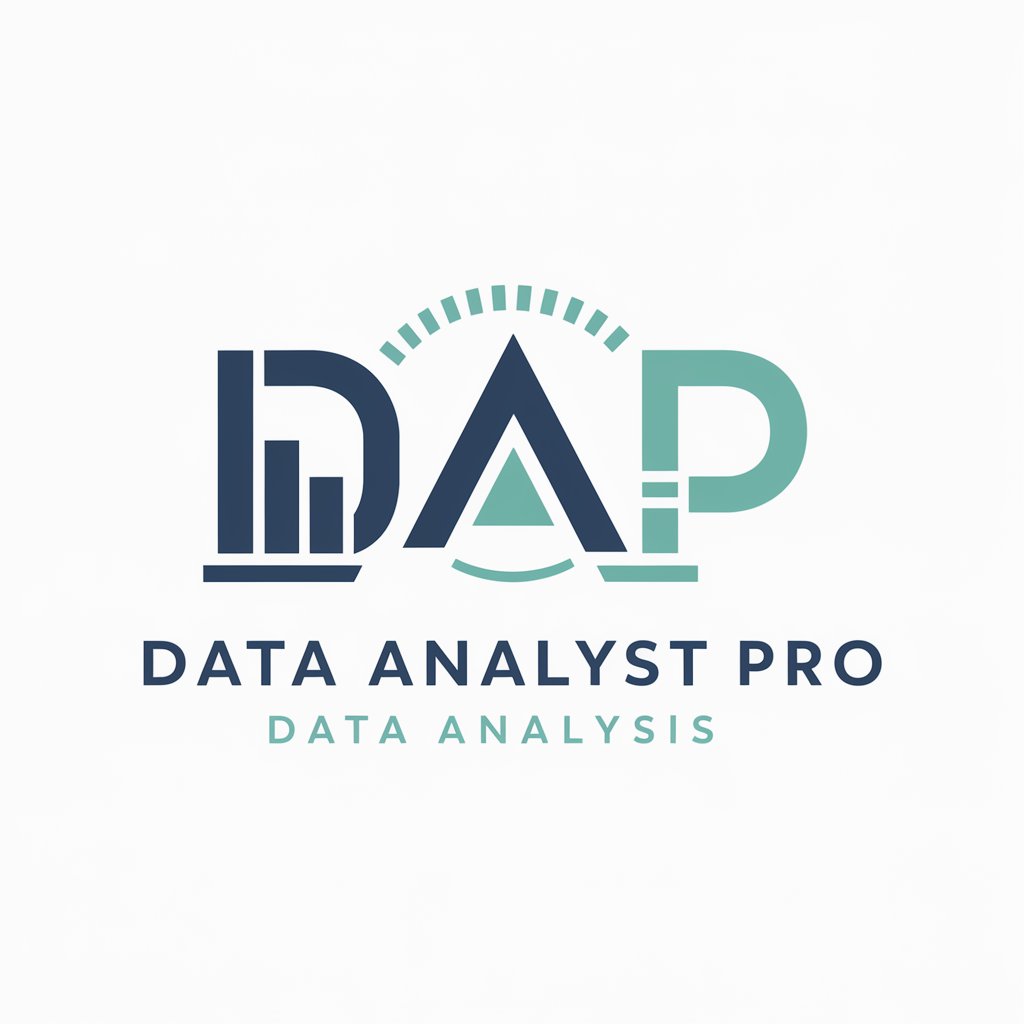
Data Analysis with Programming - Python Data Analysis Support
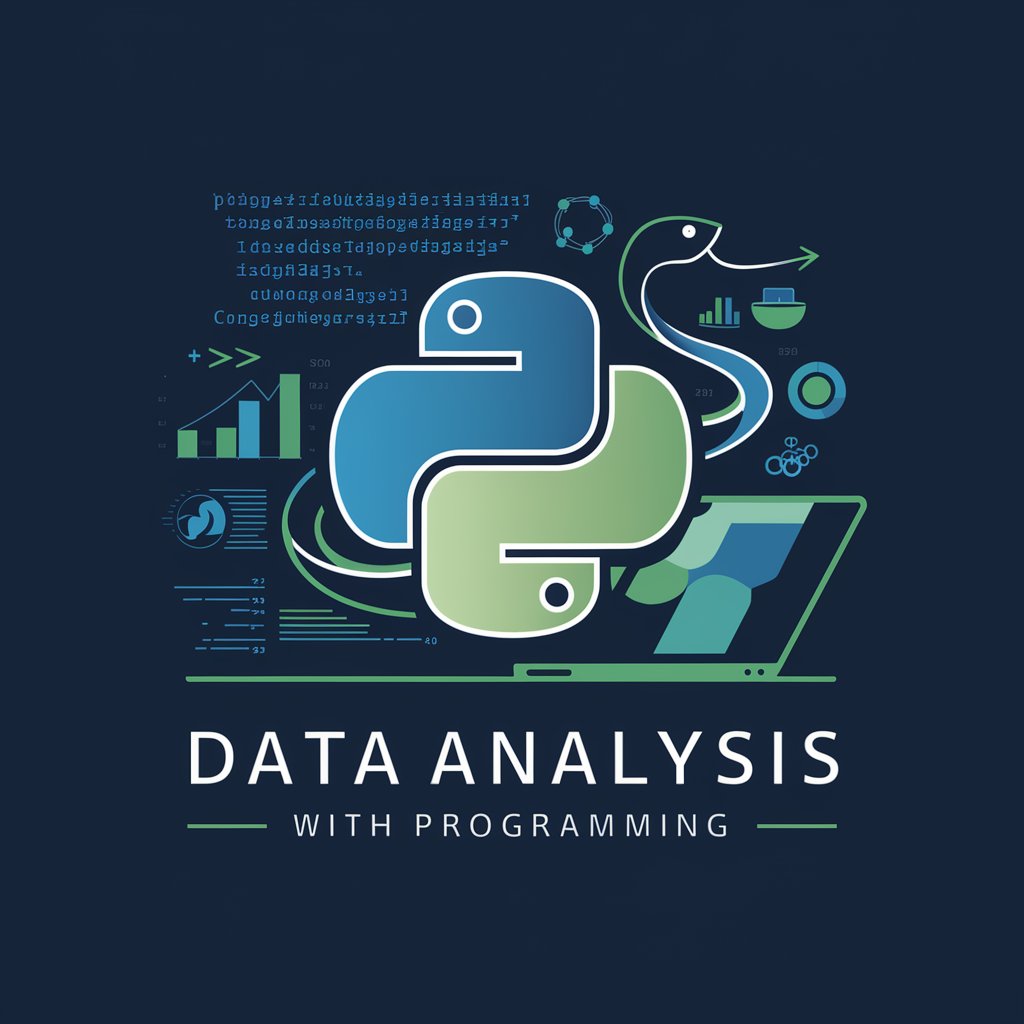
Welcome to Data Analysis with Programming!
Empowering analysis with AI-driven insights
Explain the difference between a for loop and a while loop in Python.
Describe the steps to perform linear regression using pandas and seaborn.
How do you handle missing data in a pandas DataFrame?
What are the key differences between NumPy arrays and Python lists?
Get Embed Code
Introduction to Data Analysis with Programming
Data Analysis with Programming is a specialized model designed to assist users in understanding and applying data science concepts, focusing on Python programming and statistical analysis. It integrates core Python libraries such as NumPy for numerical computing, pandas for data manipulation, and seaborn for statistical data visualization, enabling users to tackle data analysis tasks efficiently. This model is intended for intermediate-level practitioners who seek to deepen their understanding of statistical methods and data analysis techniques through programming. Examples of its application include analyzing datasets to uncover patterns, predicting outcomes based on historical data, and visualizing complex data for better understanding and decision-making. By providing tailored advice and solutions, it aims to enhance users' capabilities in data analysis and statistical programming. Powered by ChatGPT-4o。

Main Functions of Data Analysis with Programming
Data Manipulation
Example
Using pandas to clean, transform, and aggregate data.
Scenario
Preparing a dataset for analysis by handling missing values, merging multiple data sources, and creating summary tables.
Statistical Analysis
Example
Applying NumPy and SciPy to perform hypothesis testing, regression analysis, and other statistical computations.
Scenario
Evaluating the effectiveness of a new marketing campaign by comparing sales data before and after its launch.
Data Visualization
Example
Creating plots and graphs with matplotlib and seaborn to represent data visually.
Scenario
Visualizing the distribution of customer demographics in a retail database to identify target markets for promotional efforts.
Predictive Modeling
Example
Using scikit-learn to build and evaluate machine learning models.
Scenario
Developing a model to predict customer churn based on historical transaction and interaction data.
Ideal Users of Data Analysis with Programming Services
Data Science Students
Individuals pursuing studies in data science or related fields who need to apply theoretical knowledge to practical projects, enhancing their programming and analytical skills.
Research Analysts
Professionals in research and academia who require in-depth statistical analysis and data visualization to support their findings and publications.
Business Analysts
Business professionals looking to leverage data for decision-making, requiring skills in data manipulation, analysis, and predictive modeling to inform business strategies.
Data Engineers
Technical experts focusing on the data pipeline and infrastructure who benefit from understanding data analysis techniques to better manage and process data for analytical needs.

Using Data Analysis with Programming: A Step-by-Step Guide
Start your journey
Begin by visiting yeschat.ai to explore the capabilities of Data Analysis with Programming through a free trial, no login or ChatGPT Plus required.
Identify your needs
Determine the specific data analysis or statistical problem you need help with. Common use cases include exploratory data analysis, predictive modeling, and statistical hypothesis testing.
Prepare your data
Ensure your data is collected, cleaned, and formatted appropriately. This may involve tasks like handling missing values, encoding categorical variables, and normalizing data.
Engage with the tool
Interact with the tool by inputting your data analysis or programming queries. Utilize the tool's knowledge on Python libraries (pandas, NumPy, seaborn) and statistical concepts for in-depth assistance.
Apply and iterate
Apply the guidance and code snippets provided. Test and refine your analysis iteratively for optimal results. Leverage the tool's capabilities for further exploration and insights.
Try other advanced and practical GPTs
Seaborn Guide
Elevate Your Data Visuals with AI
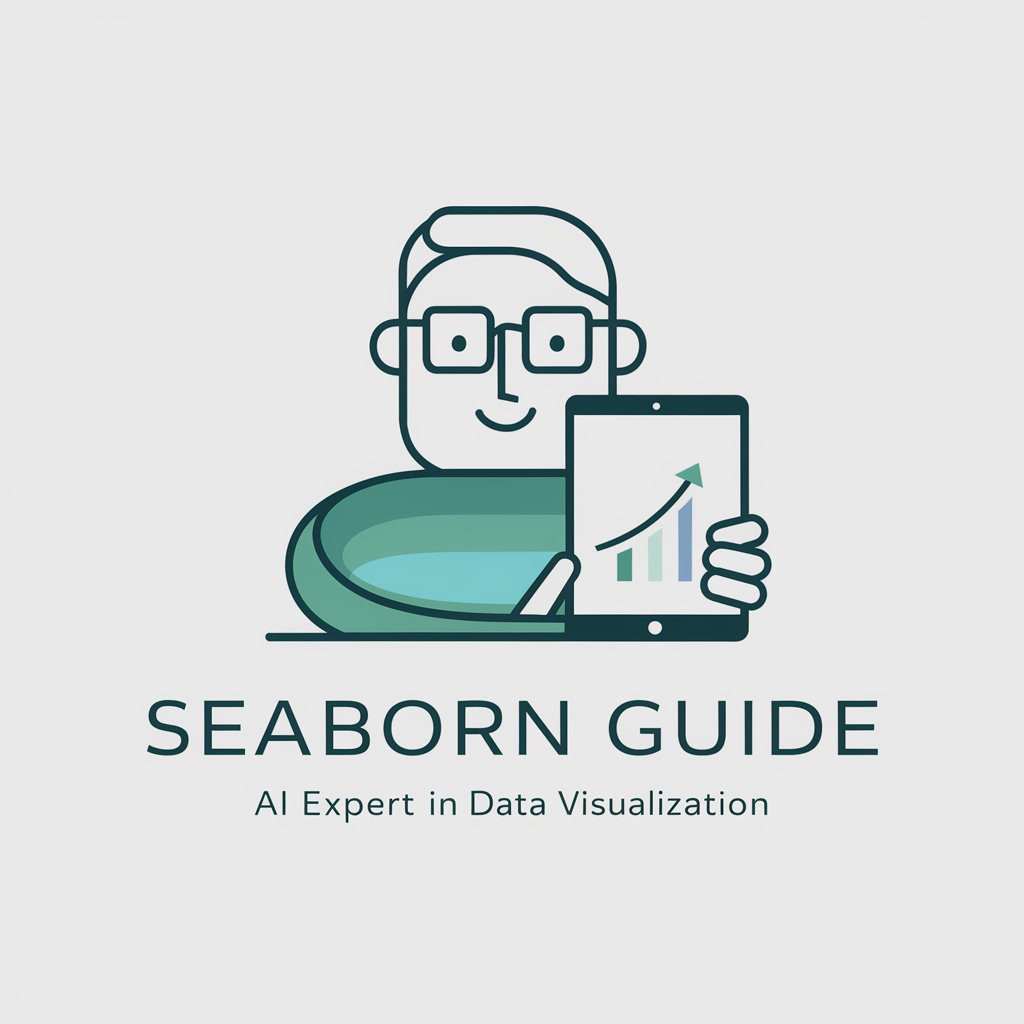
Python Scraping Sage
Unlock the power of AI for efficient web scraping.

AI Interview / HireVue Coach
AI-powered interview coaching made easy

LogiExpert
Enhance Your Logistics with AI Insight
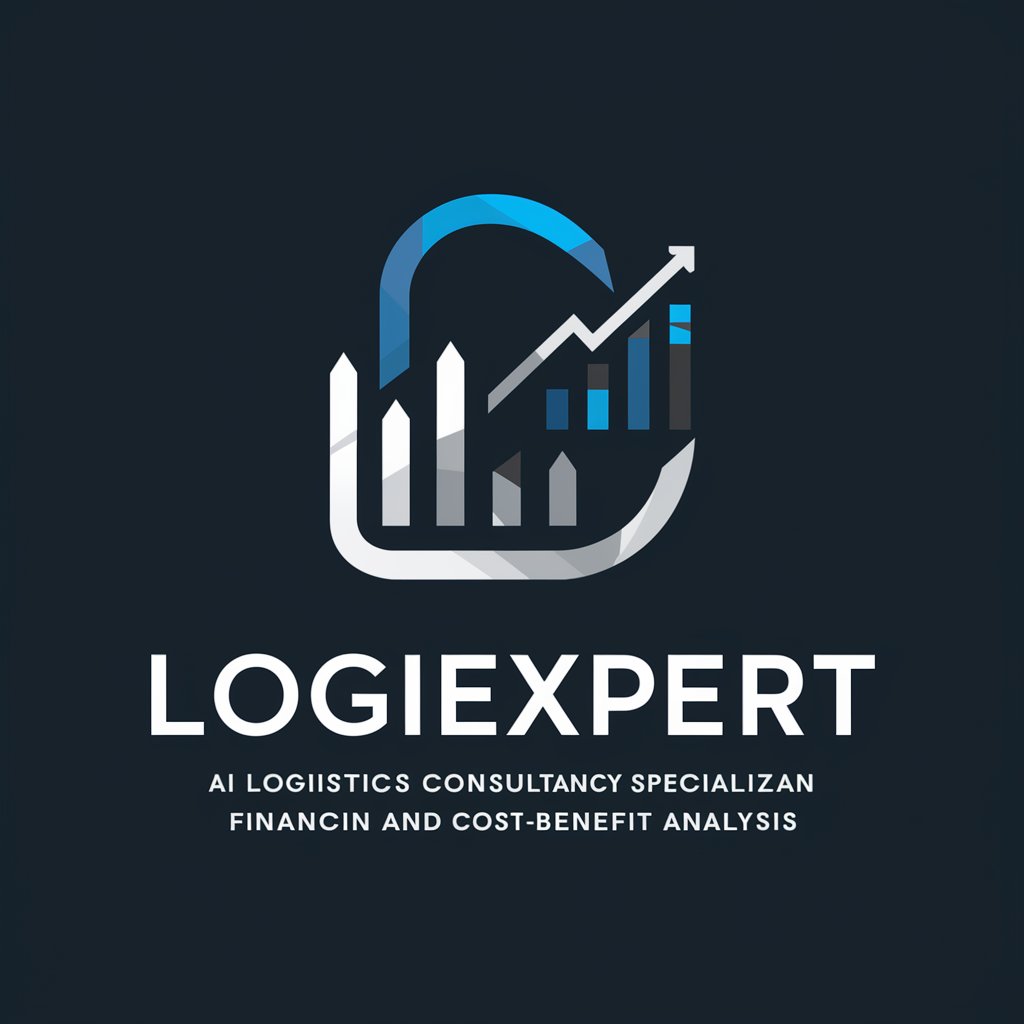
Lead Qualifier Pro
Qualify Leads Smarter, Not Harder

EC website qualifier
Discover E-commerce Potential Instantly

提示词工程师
Visualize Your Ideas with AI
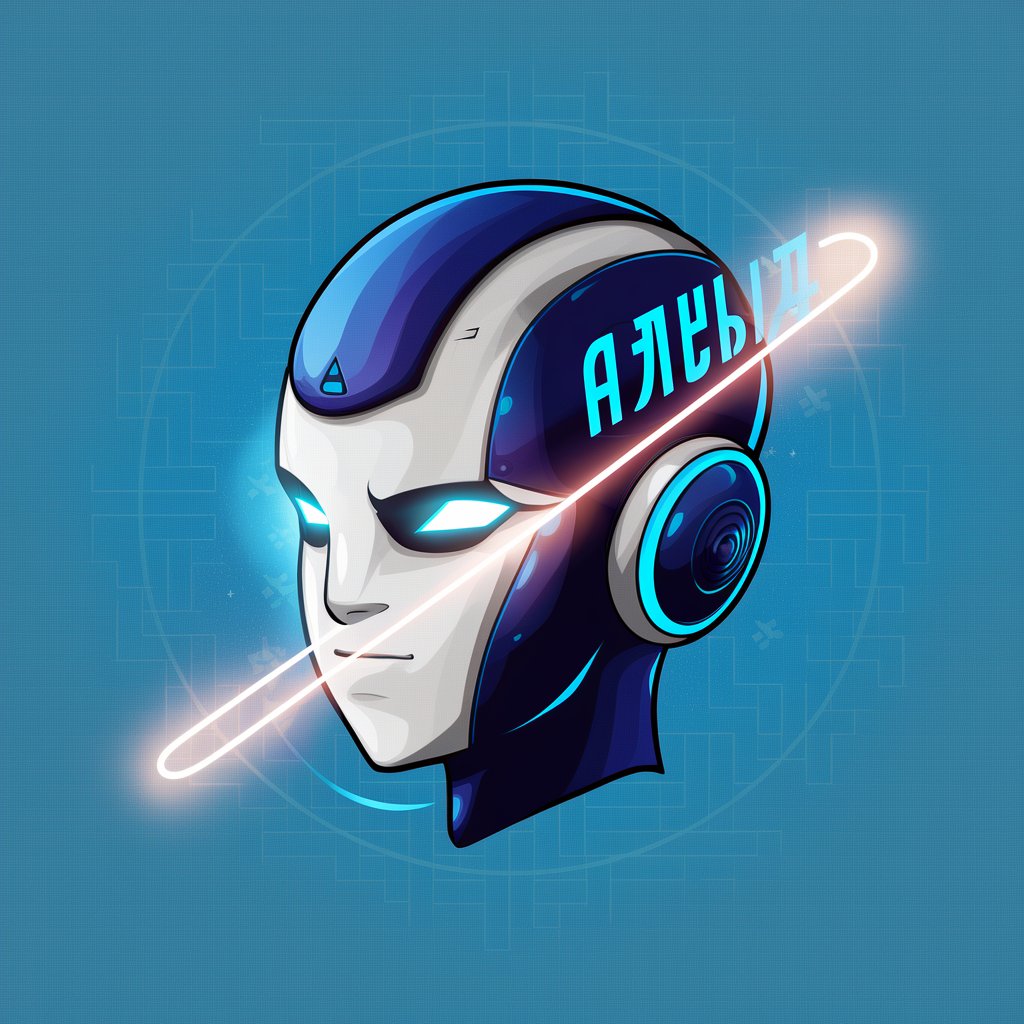
Jüri Ratas
Diplomatic insight at your fingertips.
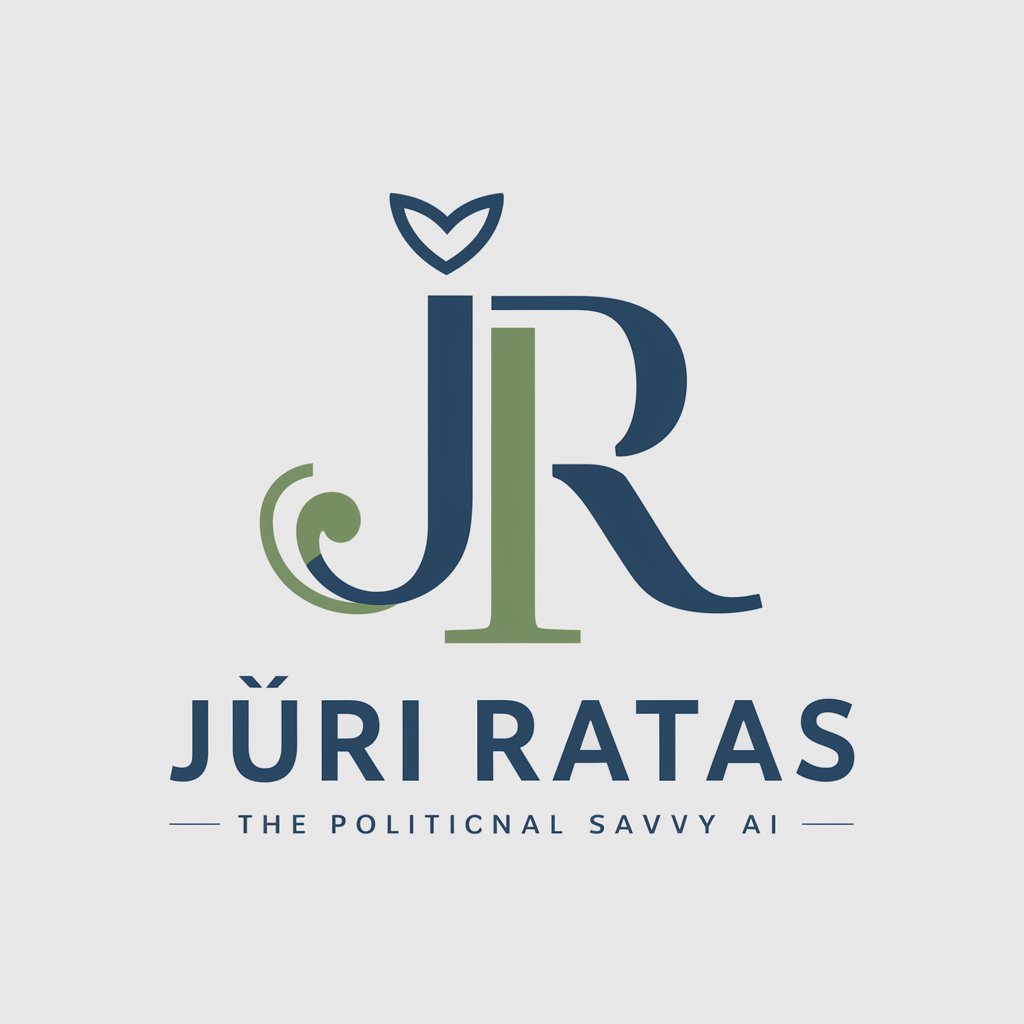
ProCon Advisor
Empowering Decisions with AI
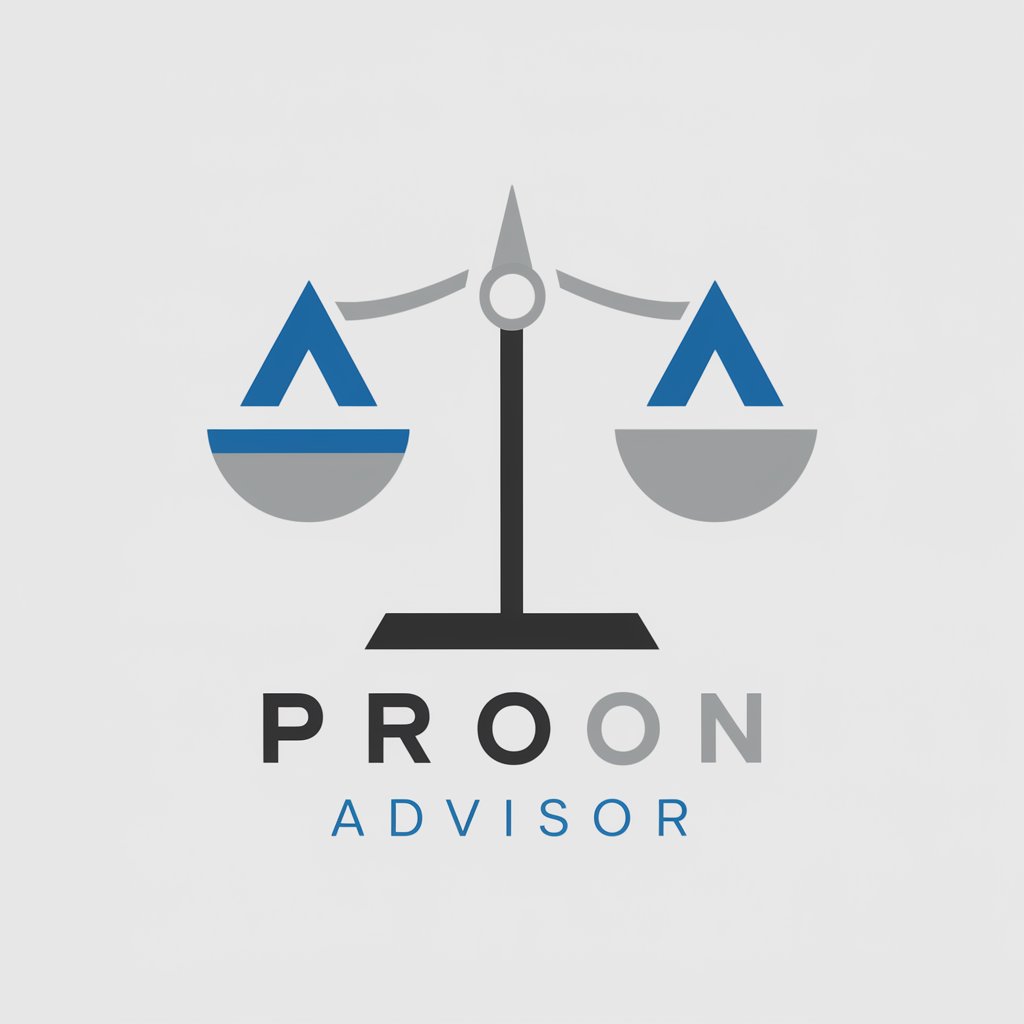
Quiz Clicker
Empowering insights through AI-driven quizzes

Daily Meditation
Meditate Daily with AI Guidance
Writing Master
Craft Your Words with AI Precision
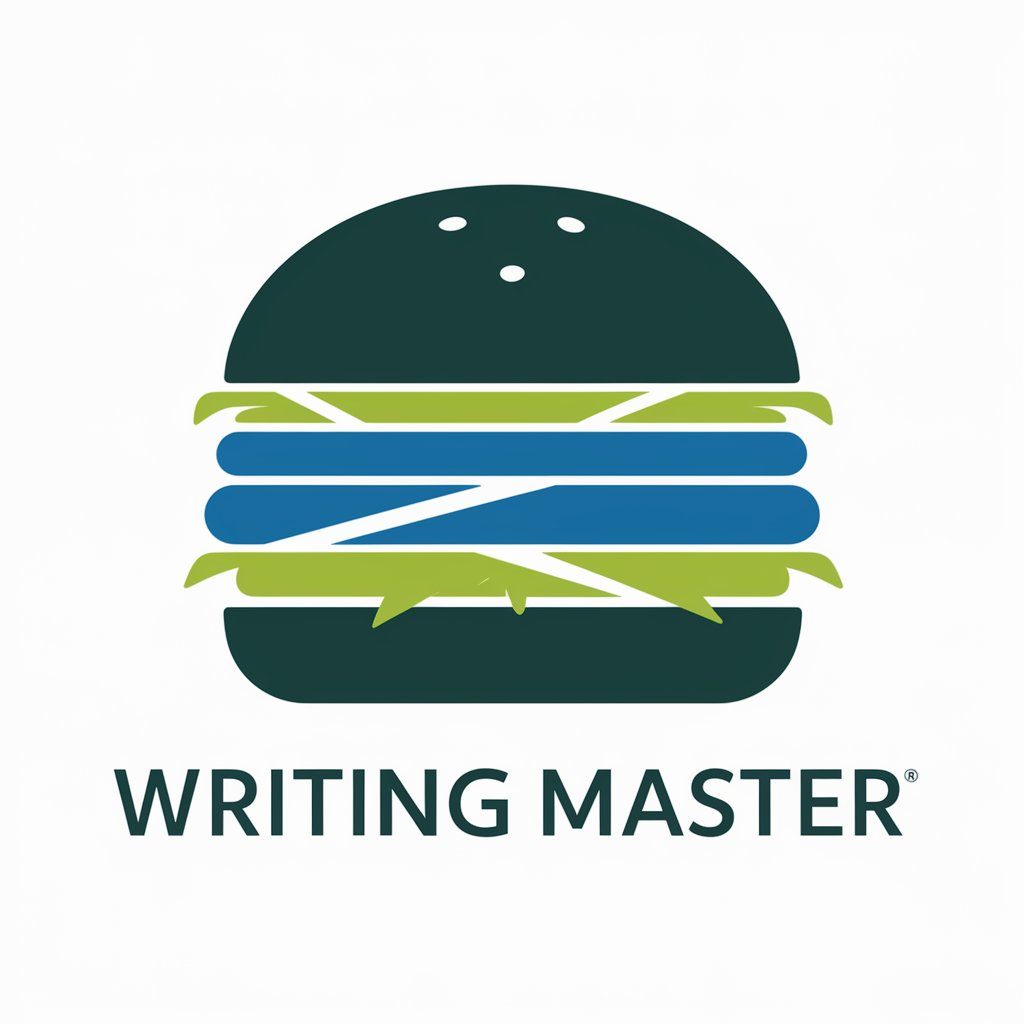
Data Analysis with Programming Q&A
What programming languages does this tool support?
This tool specializes in Python, focusing on libraries such as pandas, NumPy, and seaborn for data analysis and statistical modeling.
Can this tool help with machine learning projects?
Absolutely. It provides assistance in understanding and implementing machine learning models, offering insights from foundational concepts to model evaluation and tuning.
Is this tool suitable for beginners in data science?
While designed for users with intermediate knowledge, beginners can also benefit from its clear explanations and guidance on complex topics, helping them advance their skills.
How can I optimize my use of this tool for data visualization?
Leverage the tool's knowledge on seaborn and matplotlib libraries for data visualization. Input your data and specific visualization needs to receive customized code examples and advice.
Can this tool assist with statistical hypothesis testing?
Yes, it provides detailed explanations and coding guidance for performing statistical hypothesis testing, including choosing appropriate tests, interpreting p-values, and making data-driven decisions.
